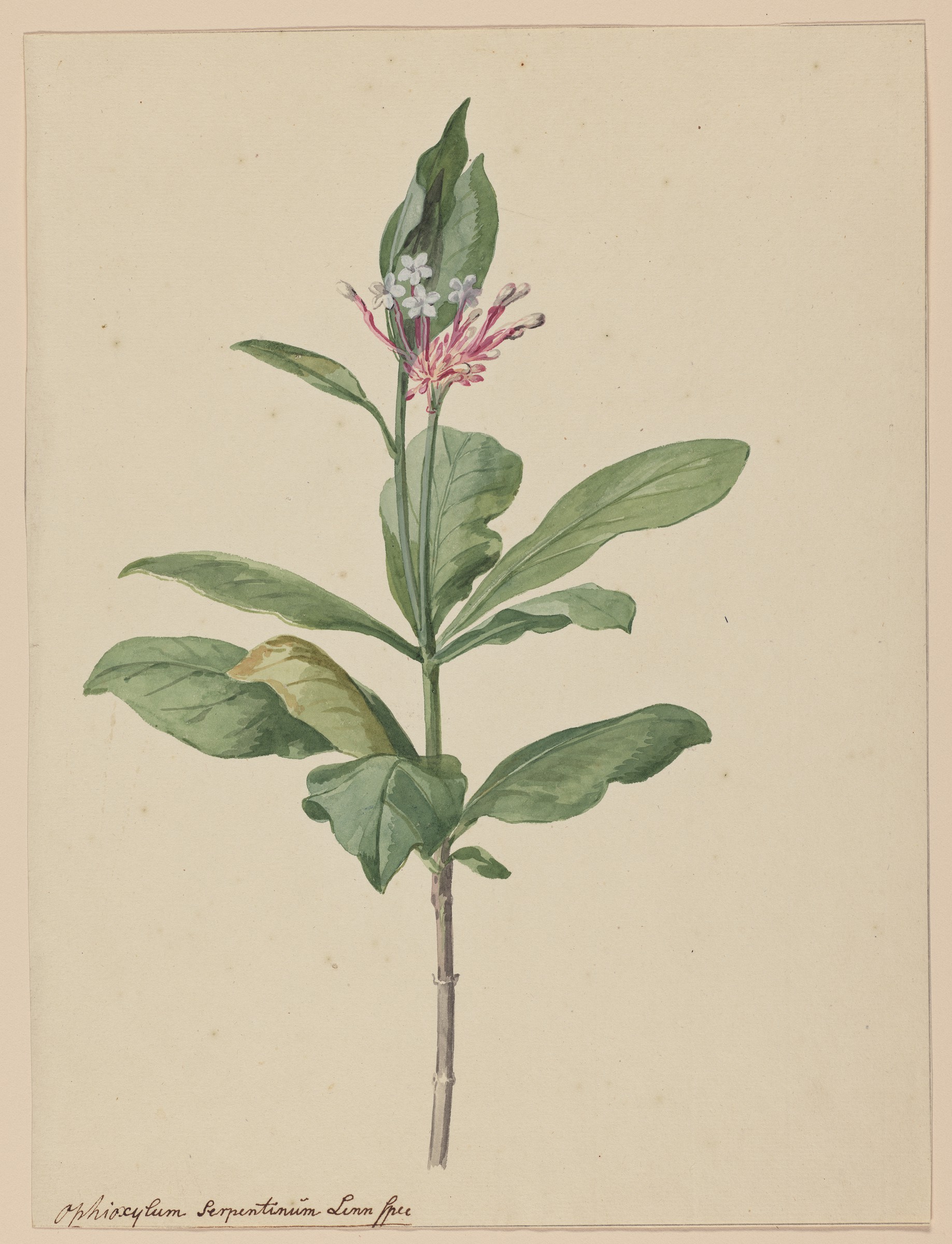1668-1704: John Ray’s Historia Plantarum published [154]

Art Piece: A Serpentine Plant (Ophioxylum Serpentinum), Aert Schouman, 18th Century [4]
Paper: Plant diversity in a changing world: Status, trends, and conservation needs [34]
John Ray’s botany work was significantly influential in establishing the modern system of taxonomy that we still use today. His Historia Plantarum was three volumes which were published over the course of a few years, and in these volumes Ray compiled and discussed European and British plants, classifying many plants. Through this classification, he was able to contribute to the ordering [91] nature of taxonomy. Moreover, Ray’s subsequent works on classifying insects [80] was also very influential, because he aimed to base is classification systems on structural characteristics such as lung and cardiac structure, rather than just classifying organisms based on one singular feature. This was a pretty large paradigm shift, because in previous works of taxonomic classification by other authors, they did not classify organisms with as much detail as Ray did in his works. Moreover, his work helped make the later contributions [92] of Carl Linneaus possible, since Ray had already done so much work exploring taxonomy and optimizing how to classify organisms based on differences in specific structures. Especially without all of the tools we are equipped with today which make identifying organisms and species easier than ever before, Ray was still able to classify organisms, especially plants, somewhat effectively by working with the tools he did have. The artwork above [4], depicting the Ophioxylum serpentinum plant, is reminiscent of Ray’s work; Ray no doubt had to meticulously record his observations about plants, perhaps even make sketches and drawings of them, so the art here is reminiscent of the sketches he may have drawn. Moreover, the scientific paper above [34] is also further reminiscent of Ray’s work as well, and also highlights how modern-day work and Ray’s work are interconnected. Notably, the paper discusses the diversity of plants in the context of a changing world, specifically in terms of plant statuses, overall trends, and need for conservation. To do this research, the taxonomy of plants needed to have been maintained, and thanks to this maintenance of plant taxonomy by John Ray, this work is possible in the modern day. In other words, it is as if a string connects this paper with the work Ray did in his many volumes — if Ray had not meticulously studied and classified plants, then it may have been difficult for that to have been done later in history, which may have led to more difficulties down the road in the future too, in terms of plant taxonomy. It’s really fascinating how significantly past ideas can influence current and future ones, with Ray’s paradigm shift-facilitation in the context of plants and taxonomy influencing much research into the future after his works were published.